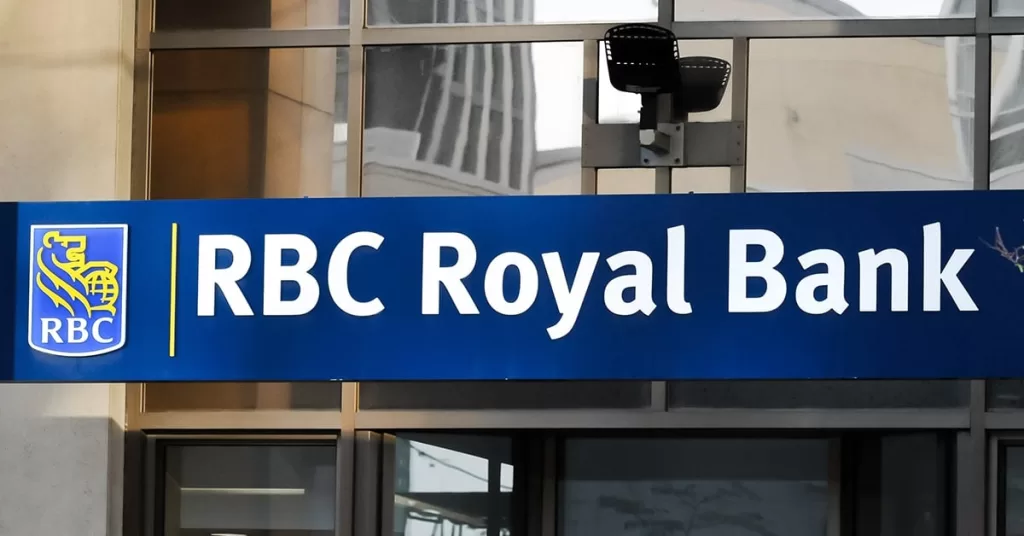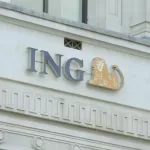Royal Bank of Canada (RBC) is one of the largest financial institutions in North America and the biggest bank in Canada by market capitalization. Founded in 1864, RBC operates as a publicly traded company, meaning it is owned by its shareholders rather than a single entity or government. The bank is listed on the Toronto Stock Exchange (TSX) and the New York Stock Exchange (NYSE) under the ticker symbol RY.
ALSO READ: ING Banking: A Global Leader in Financial Services
Shareholder Structure of Royal Bank of Canada
As a publicly traded company, RBC’s ownership is distributed among institutional and retail investors who hold its shares. The largest shareholders typically include major asset management firms, pension funds, and individual investors.
- Institutional Investors – A significant portion of RBC’s shares is held by institutional investors such as mutual funds, pension funds, and large financial organizations. Notable institutional shareholders often include BlackRock, Vanguard Group, and RBC Global Asset Management, among others. These institutions invest in RBC on behalf of their clients, including pensioners, governments, and private investors.
- Retail Investors – Individual shareholders also own RBC stock, purchasing shares through brokerage accounts or direct investment plans. These investors benefit from RBC’s strong dividend history and growth potential.
- Employee Share Ownership – RBC offers employee stock ownership plans, allowing employees to invest in the company and align their interests with the bank’s long-term success.
Government and Regulatory Oversight
While RBC is privately owned by its shareholders, it operates under strict regulations imposed by the Office of the Superintendent of Financial Institutions (OSFI). The Bank of Canada, and other financial regulators. These institutions ensure that RBC follows banking laws, maintains financial stability, and protects consumer interests.
Largest Shareholders and Influence
Though RBC has no single majority owner, its largest institutional investors hold significant voting power in key corporate decisions. Including electing board members and approving strategic initiatives. However, RBC’s governance structure ensures no single investor can dominate decision-making.
Conclusion
RBC’s ownership is widely distributed among institutional investors, retail shareholders, and employees, making it a publicly controlled financial institution. As a key player in Canada’s economy. It remains under regulatory oversight while continuing to grow as a leader in banking and financial services worldwide.


